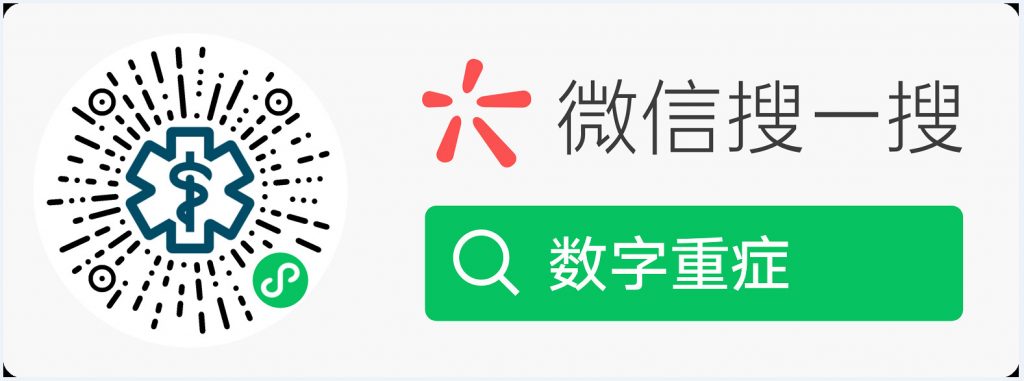摘要
*RIFLE: Risk, Injury, Failure, Loss of kidney function, End-stage kidney disease
*AKIN: Acute Kidney Injury Network
*KDIGO: Kidney Disease: Improving Global Outcomes
结论
参考文献
1.Hoste EAJ, Bagshaw SM, et. al. Epidemiology of acute kidney injury in critically ill patients: the multinational AKI-EPI study. Intensive Care Med (2015) 41: 1411–1423.
2.Case J, Khan S, Khalid R, Khan A. Epidemiology of acute kidney injury in the intensive care unit. Crit Care Res Pract (2013) 2013: 479730-479742.
3.Lewington AJP, Cerdá J, Mehta RL. Raising awareness of acute kidney injury. A global perspective of a silent killer. Kidney Int (2013) 84: 457-467.
4.Halpern NA, Goldman DA, Tan KS, Pastores SM. Trends in critical care beds and use among population groups and Medicare and Medicaid beneficiaries in the United States: 20002010. Crit Care Med (2016) 44: 14901499.
5.Fornia LG, Chawlab L, Ronco C. Precision and improving outcomes in acute kidney injury: Personalizing the approach. Journal of Critical Care (2017) 37: 244–245.
6.Deepa C, Muralidhar K. Renal replacement therapy in ICU. J Anaesthesiol Clin Pharmacol (2012) 28: 386-396.
7.Macedo E, Malhotra R, Claure-Del Granado R et al. Defining urine output criterion for acute kidney injury in critically ill patients. Nephrol Dial Transplant (2011) 26: 509–515.
8.Macedo E. Urine output assessment as a clinical quality measure. Nephron (2015) 131: 252–254.
9.Salahuddin N, Sammani M, Hamdan A, Joseph M et al. Fluid overload is an independent risk factor for acute kidney injury in critically Ill patients: results of a cohort study. BMC Nephrology (2017) 18: 45-53.
10.Kaddourah A, Basu RK, Bagshaw SM, Goldstein SL, for the AWARE Investigators.* Epidemiology of acute kidney injury in critically ill children and young adults. N Engl J Med (2017) 376: 11-20.
11.Macedo E, Malhotra R, Bouchard J, Wynn SK et al. Oliguria is an early predictor of higher mortality in critically ill patients. Kidney Int (2011) 80: 760–767.
12.Ronco C, Ricci Z, De Backer D, Kellum JA et al. Renal replacement therapy in acute kidney injury: controversy and consensus. Critical Care (2015) 19: 146-157.
13.Chawla LS, Davison DL, Brasha-Mitchell E, Koyner JL et al. Development and standardization of a furosemide stress test to predict the severity of acute kidney injury. Crit Care (2013) 17: R207-215.
14.Koyner JL, Davison DL, Brasha-Mitchell E, Chalikonda DM et al. Furosemide stress test and biomarkers for the prediction of AKI severity. J Am Soc Nephrol (2015) 26: 2023-31.
15.Negi S, Koreeda D, Kobayashi S, Iwashita Y et al. Renal replacement therapy for acute kidney injury. Renal Replacement Therapy (2016) 2: 31-38.
16.Chawla (2013).
17.Deepa C, Muralidhar K. Renal replacement therapy in ICU. J Anaesthesi Clin Pharmacol (2012) 28: 386–396.
18.Macedo (2015).
19.Ding X, Cheng Z, Qian Q. Intravenous fluids and acute kidney injury. Blood Purif (2017) 43: 163-172.
20.Salahuddin (2017).
21.Zhang Z, Xu X, Ni H, Deng H. Urine output on ICU entry is associated with hospital mortality in unselected critically ill patients. J Nephrol (2014) 27: 65-71.
22.Hoste (2015).
23.Alobaidi R, Basu RK, Goldstein SL, Bagshaw SM. Sepsis-associated acute kidney injury. Semin Nephrol (2015) 35: 2–11.
24.O’Neal JB, Shaw AD, Billings FT. Acute kidney injury following cardiac surgery: current understanding and future directions. Critical Care (2016) 20: 187-201.
25.Huen S, Parikh CR. Predicting acute kidney injury following cardiac surgery: a systematic review. Ann Thorac Surg. (2012) 93: 337–347.
26.Yilmaz M, Aksoy R, Kilic Yilmaz V, Balci C et al. Urine output during cardiopulmonary bypass predicts acute kidney injury after coronary artery bypass grafting. Heart Surg Forum (2016) 19: E289-E293.
27.Song Y, Kim DW, Kwak YL, Kim BS et al. Urine output during cardiopulmonary bypass predicts acute kidney injury after cardiac surgery. A single center retrospective analysis. Medicine (Baltimore) (2016) 95: e3757.
28.Luo Q, Li W, Zou X, Dang Y et al. Modeling fluid resuscitation by formulating infusion rate and urine output in severe thermal burn adult patients: A retrospective cohort study. Biomed Res Int (2015) 2015: 508043.
29.Macedo (2011).
30.Otero A, Fernández R, Apalkov A, Armada M. An automatic critical care urine meter. Sensors (Basel) (2012) 12: 13109–13125.
31.Macedo (2016).
32.Macedo (2011).
33.Pickkers P, Ostermann M, Joannidis M, Zarbock A et al. The intensive care medicine agenda on acute kidney injury. Intensive Care Med (2017). doi:10.1007/s00134-017-4687-2. [Epub ahead of print]
34.Wilson FP, Shashaty M, Testani J, Aqeel I et al. Automated, electronic alerts for acute kidney injury: a single-blind, parallel-group, randomised controlled trial. Lancet (2015) 385 (9981): 1966–1974.
35.Colpaert K, Hoste EA, Steurbaut K, Benoit D et al. Impact of real-time electronic alerting of acute kidney injury on therapeutic intervention and progression of RIFLE class. Crit Care Med (2012) 40: 1164–1170.
学术交流文章,不做为临床依据,特此声明。发布者:Chu,转转请注明出处:https://www.icu.cn/?p=7815

 微信扫一扫
微信扫一扫 